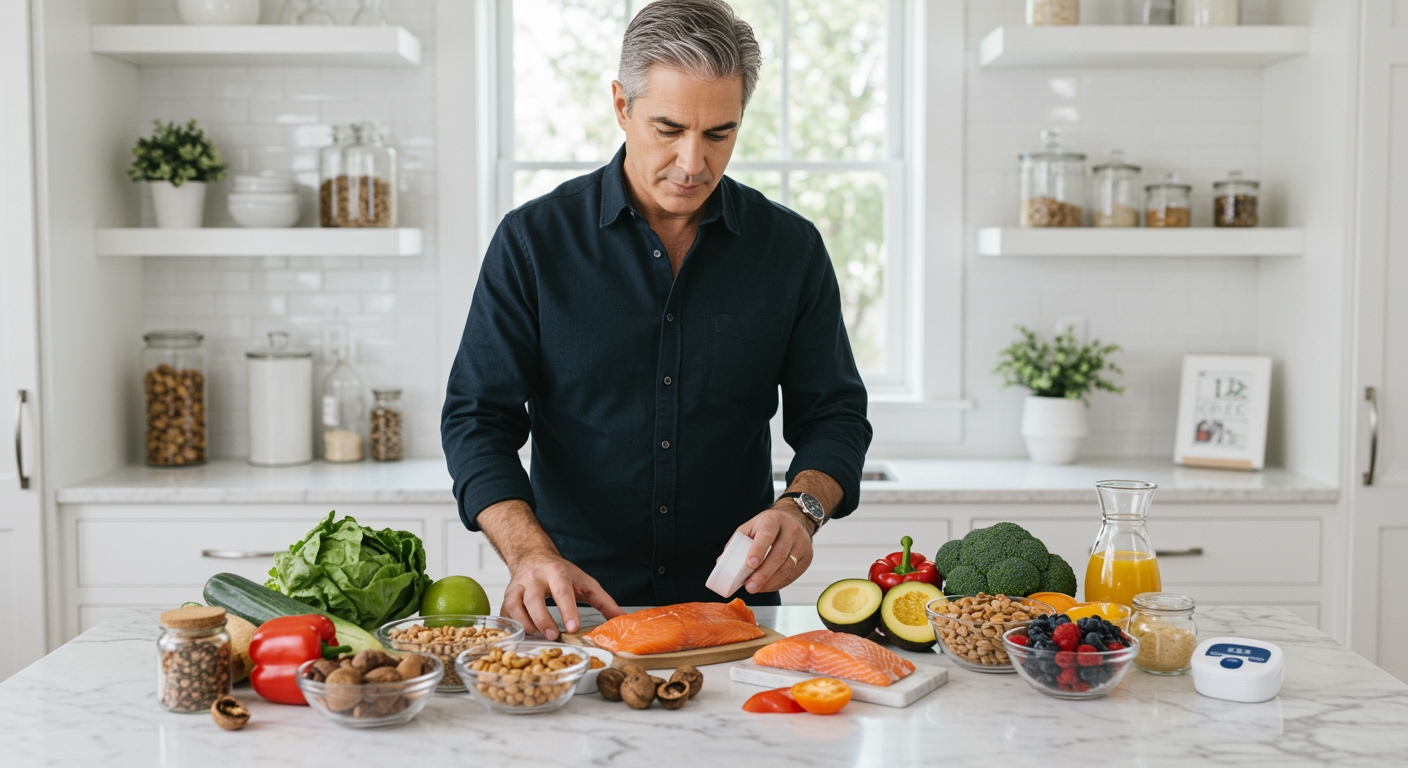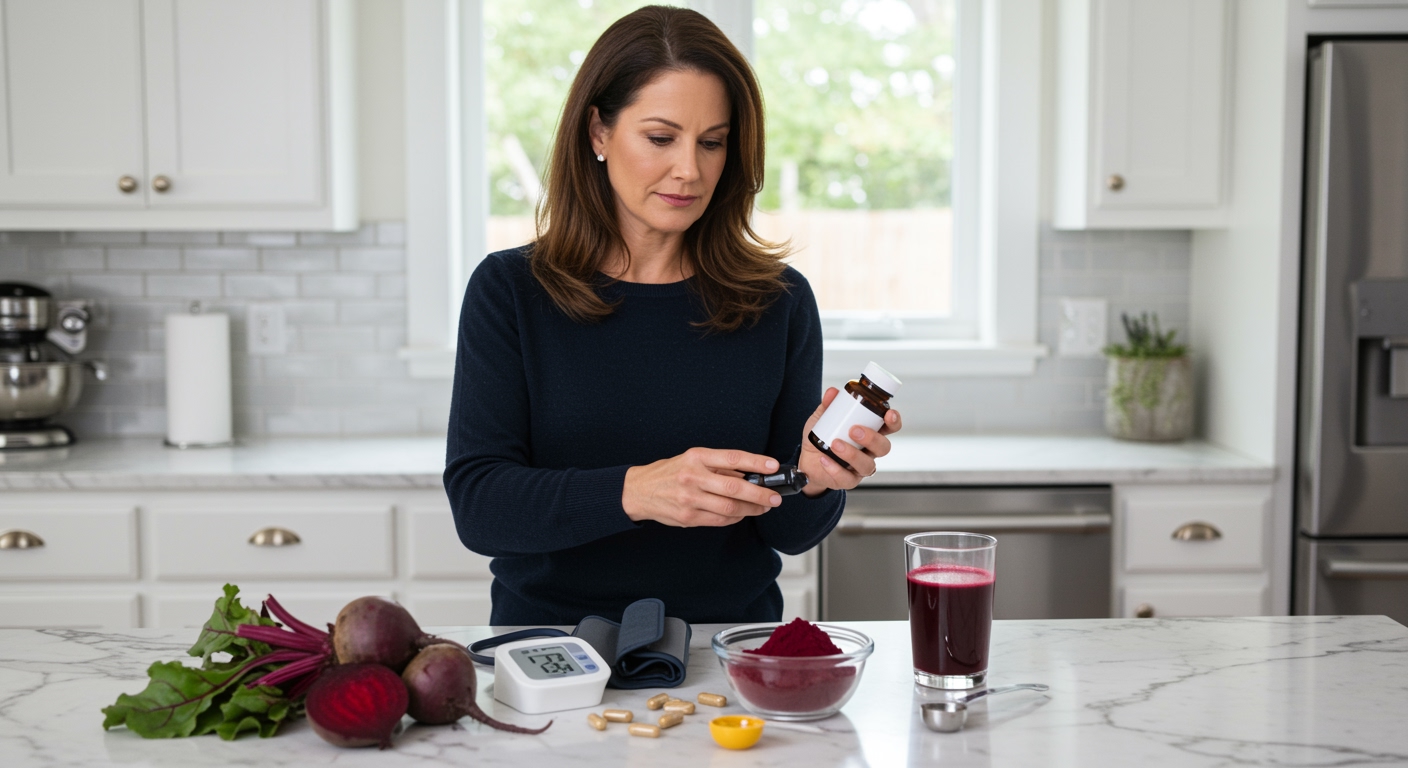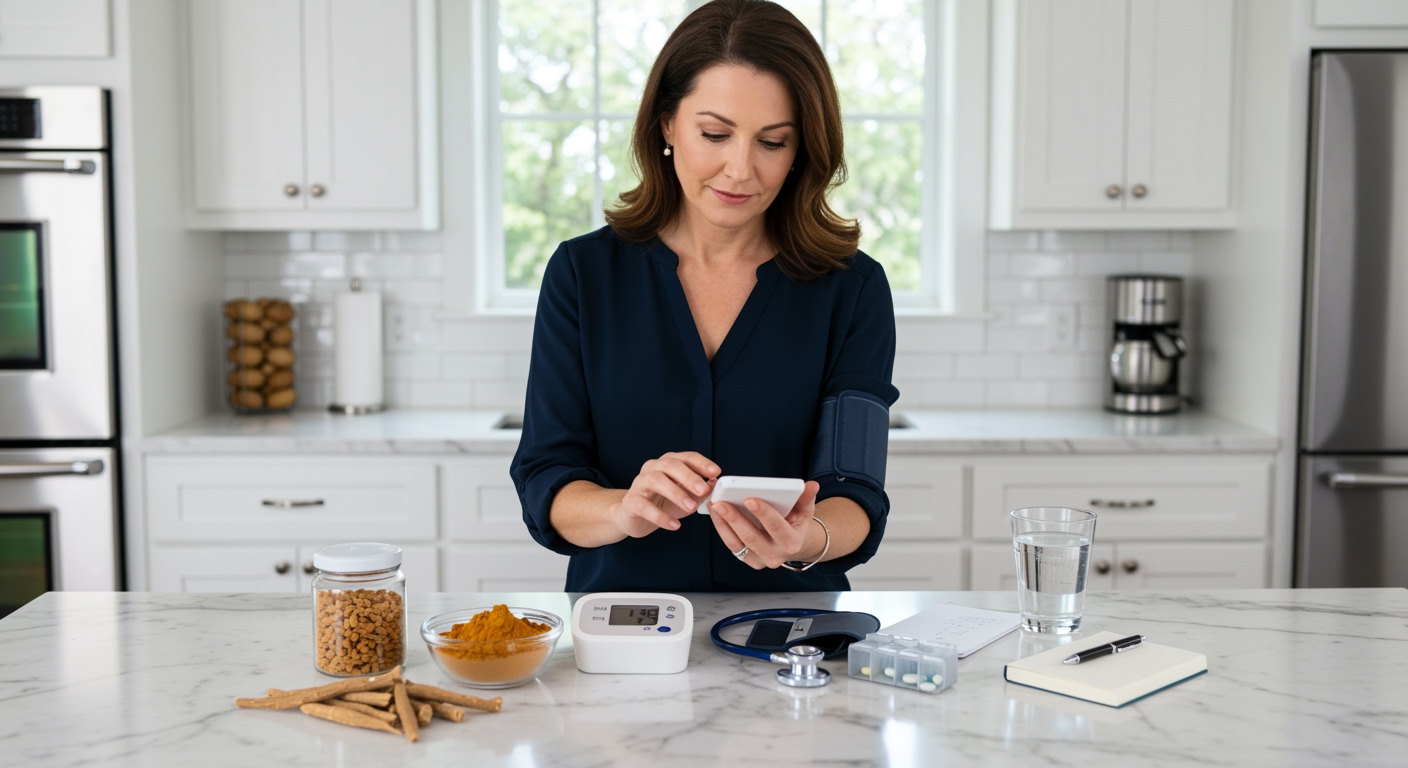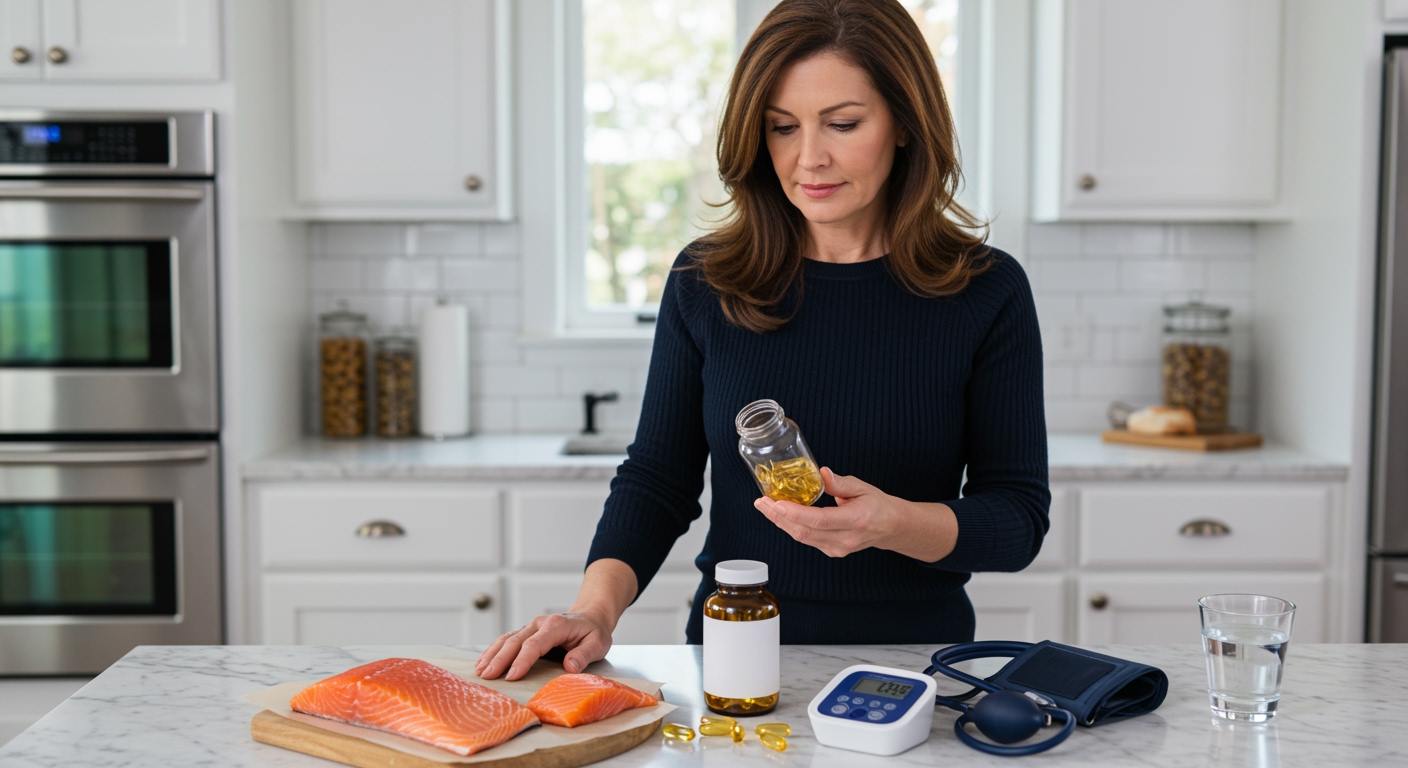✪ Key Takeaway: Whole foods significantly lower blood pressure through natural compounds that processed foods destroy.
Introduction
Your doctor hands you a prescription for blood pressure medication, but what if the most powerful treatment is already sitting in your grocery store.
You might be wondering if switching to whole foods can really make a difference when you have been struggling with high blood pressure for months or even years.
Hi, I am Abdur, your nutrition coach and today I am going to explain exactly how whole foods can become your most effective weapon against hypertension.
What Makes Whole Foods So Powerful Against High Blood Pressure?
Whole foods contain natural compounds that work together to relax your blood vessels and reduce the pressure inside them.
These foods provide potassium, which helps your kidneys remove excess sodium from your body through urine.
When sodium levels drop, your blood vessels can relax and your heart does not have to work as hard to pump blood.
Whole foods also deliver magnesium, a mineral that acts like a natural calcium channel blocker.
This means magnesium prevents too much calcium from entering your blood vessel walls, keeping them flexible and reducing pressure.
The fiber in whole foods feeds beneficial bacteria in your gut, which then produce compounds that help lower blood pressure naturally.
✪ Fact: Studies show that people eating more whole foods can reduce systolic blood pressure by 8-14 mmHg naturally.
Which Whole Foods Work Best For Lowering Blood Pressure?
Leafy green vegetables like spinach, kale, and Swiss chard contain the highest levels of potassium and magnesium.
These vegetables also provide nitrates, which your body converts into nitric oxide.
Nitric oxide signals your blood vessels to widen and relax, immediately reducing the pressure inside them.
Berries contain powerful antioxidants called anthocyanins that protect your blood vessel walls from damage and inflammation.
Fatty fish like salmon, mackerel, and sardines provide omega-3 fatty acids that reduce inflammation throughout your cardiovascular system.
Whole grains like oats, quinoa, and brown rice deliver both fiber and magnesium while keeping your blood sugar stable.
Nuts and seeds provide healthy fats, protein, and minerals that support healthy blood pressure when eaten in appropriate portions.
✪ Pro Tip: Eat at least three servings of leafy greens daily to maximize their blood pressure lowering effects.
How Do Processed Foods Sabotage Your Blood Pressure?
Processed foods contain excessive sodium that forces your kidneys to retain more water in your bloodstream.
This extra fluid volume increases the pressure against your blood vessel walls, making your heart work harder with every beat.
Food manufacturers strip away the natural potassium and magnesium during processing, removing the very minerals that help control blood pressure.
Added sugars in processed foods cause rapid spikes in blood glucose, which damages blood vessel walls over time.
This damage makes your vessels stiff and narrow, forcing your heart to pump with greater force to move blood through them.
Trans fats and excessive omega-6 oils in processed foods promote inflammation that further damages your cardiovascular system.
The combination of high sodium, low potassium, damaged fats, and added sugars creates the perfect storm for elevated blood pressure.
✪ Note: The average processed food contains 10 times more sodium than the same food in its whole form.
What Results Can You Expect From Eating More Whole Foods?
Most people see measurable improvements in their blood pressure within 2-4 weeks of switching to whole foods.
Your systolic pressure (the top number) typically drops first because whole foods immediately reduce the volume of fluid in your bloodstream.
The diastolic pressure (bottom number) usually improves more gradually as your blood vessels become more flexible and healthy.
Research shows that people following whole food diets can reduce their systolic blood pressure by 8-14 mmHg and diastolic by 6-10 mmHg.
These improvements often allow people to reduce their medication dosages under medical supervision.
Beyond blood pressure, you will likely notice increased energy, better sleep, and improved mental clarity as your cardiovascular health improves.
The key is consistency – eating whole foods occasionally will not produce lasting results, but making them your primary food source creates powerful changes.
✪ Fact: People eating 80% whole foods show the same blood pressure improvements as those taking mild hypertension medications.
How Should You Transition To More Whole Foods?
Start by replacing one processed food with a whole food equivalent at each meal.
Swap white bread for whole grain options, sugary cereals for oatmeal, and packaged snacks for fresh fruits or nuts.
Focus on adding foods rather than restricting them – this positive approach makes the transition feel less overwhelming.
Prepare simple whole food meals by roasting vegetables, grilling fish, or making one-pot grain and vegetable dishes.
Shop the perimeter of grocery stores where fresh produce, meats, and dairy are typically located.
Read ingredient lists on any packaged foods and choose items with five ingredients or fewer, all of which you can pronounce.
Meal prep on weekends by washing vegetables, cooking grains, and preparing proteins so healthy choices are convenient during busy weekdays.
✪ Pro Tip: Start with just breakfast – make this meal 100% whole foods and gradually expand to other meals.
The Bottom Line
Whole foods provide the most effective natural treatment for high blood pressure through their unique combination of potassium, magnesium, fiber, and protective compounds.
The best medicine for your blood pressure is not in a pharmacy – it is in your produce section, and the sooner you make this switch, the sooner you will see real improvements in your numbers.
I would love to hear about your experience with whole foods and blood pressure in the comments below – what changes have you noticed, and what challenges are you facing in making this transition.
References
At NutritionCrown, we use quality and credible sources to ensure our content is accurate and trustworthy. Below are the sources referenced in creating this article:
- PMC: Dietary Approaches to Stop Hypertension
- American Heart Association: Plant-Based Proteins May Help Lower High Blood Pressure Risk
- PMC: Whole Food Interventions for Hypertension
- University of Texas Health: Innovative Research on Protein Consumption in Hypertension Risk





